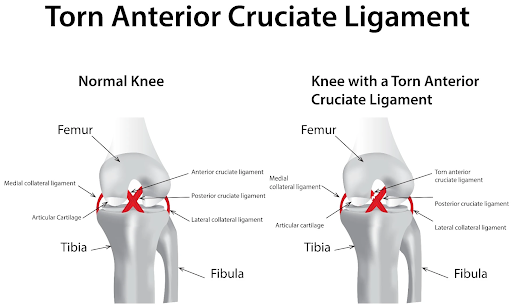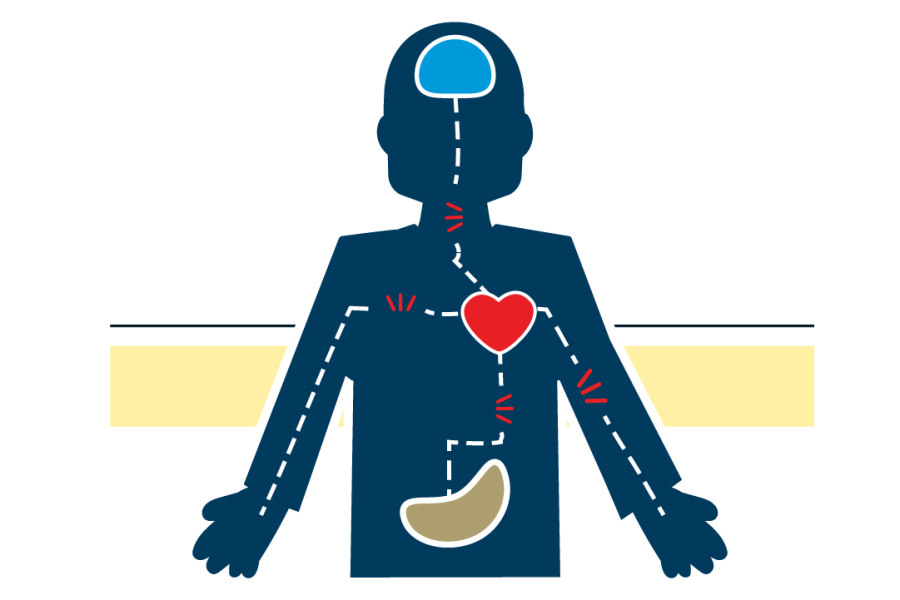Borderline Personality Disorder (BPD) is a mental disorder that is characterized by extreme emotions that fluctuate with little to no reason. It is a very real disorder that real people struggle with, but what does that truly look like?
Disclaimer: This article is made to educate, not diagnose. I am not a professional. If you or a loved one seems to relate to these symptoms, I advise you to talk to a professional. If you are struggling, there are linked organizations and numbers at the bottom of this article.
What Is It?
BPD is a personality disorder that means (in simple terms) that the brain is always on edge, meaning that small things can trigger a large emotion. Many people that struggle with BPD explain that normal emotions don’t exist for them, saying instead that they are replaced with the extreme of it. For example, sadness feels like depression, or anger feels like wrath, etc.
When many people think of “personality disorder”, they may imagine disorders like DID (Dissociative Identity Disorder) because of the different “personalities” (the proper term is alters, but this can vary by person). However, a personality disorder is simply that a person has a different way to relate to the world than what is considered normal.
Symptoms:
BPD can come in many forms, but symptoms are a common starting ground. Symptoms include but aren’t limited to:
Emotional Dysregulation:
Emotions tend to feel more intense and can change very quickly over small things. For example, a person struggling with BPD may get overly mad that they tripped over some type of rock, even if they were doing fine previously.
Unstable Relationships:
Going back to the emotion regulations, people with BPD often struggle with having a normal relationship, regardless if it’s romantic or platonic. They often idealize their loved ones and won’t see the flaws in them. But this also means that finding a flaw in a loved one can be detrimental to the person, making that once “perfect” person into scum in the eyes of the person struggling.
Fear of Abandonment:
A person with BPD will constantly fear that their loved ones will abandon them. This could be for a multitude of reasons, whether that be an argument or overthinking. Because of this, those people tend to cling to their loved ones to force them to stay. More often than not, this often has the opposite effect.
Self Harm/Destructive Tendencies:
Oftentimes, BPD is coupled with impulsivity because the person cannot handle and/or regulate their emotions. This leads to these people seeking out bad situations, such as reckless driving, substance abuse, shoplifting, or harm to themselves.
Relating To Other Disorders
BPD is usually not a standalone diagnosis, often paired with depression, anxiety, PTSD (Post-Traumatic Stress Disorder), eating disorders, etc. This often amplifies the emotions that come with the other disorders, such as having a greater shame when binge eating with an eating disorder.
Why Does It Happen?
Researchers have come to the conclusion that BPD is from a mixture of genetic factors (family members with the illness), environmental (dealing with trauma and/or hardship at a young age), and internal brain factors (structural differences in parts of the brain). It is unclear, however, if the brain structure part is the cause of the disorder or if it was changed because of the disorder.
Is There Treatment For It?
There are a couple treatments for BPD, but they are meant to be used long term. Medication is an option, but it’s used more to help co-occurring symptoms or disorders, such as antidepressants or mood balancers. The most common and effective treatment is therapy. There are a few options for said therapy, some being more intense depending on how someone is in their life.
General therapy can be very helpful by talking to a licensed professional that can give advice, help find coping skills, or just listen to day-to-day struggles. A common tactic in therapy is to make a “toolbox” for crisis moments, basically a mental collection of coping skills, grounding techniques, positive affirmations, and whatever the person might need.
Dialectical Behavioral Therapy (DBT) and Cognitive Behavioral Therapy (CBT) are specialized therapies that are made specifically for BPD (but can be used for other mental disorders). CBT tries to break down harmful core beliefs and behaviors in a person and replace them with healthier options. DBT instead focuses on the self and existing as is, using grounding techniques and mindfulness to achieve that. It also teaches how to manage intense emotions, improve interpersonal relationships, and reduce self destructive tendencies.
Links To More Information And Support
National Institute of Mental Health ~ BPD
National Suicide Prevention Hotline: 988
National Education Alliance For Borderline Personality Disorder









